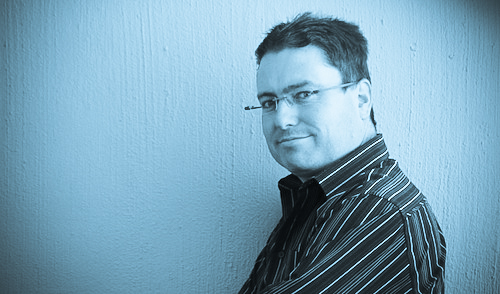
[By Duncan McLeod]
A Southern African task team has recommended the adoption of the updated European standard for digital terrestrial television. Our politicians should waste no time in endorsing this and allowing SA broadcasters to get on with the job of migration.
After a year of hard lobbying by Brazil and, later, Japan, the region finally looks set to adopt the European standard. A Southern African Development Community (SADC) task team announced in Lusaka, Zambia last week its recommendation of the latest version of the standard, known as DVB-T2.
SADC had adopted the first iteration of it five years ago and member countries committed themselves, in an agreement with the International Telecommunication Union to switching off analogue broadcasts by mid-2015. But earlier this year SA’s department of communications decided the country — and, by implication, the region — should revisit the decision to adopt the European standard. This appeared to happen because of intense lobbying by Brazil, which had adopted a slightly modified version of the Japanese standard.
Government’s decision to reconsider the standard — years into the deployment of broadcasting networks based on the European system — was met with howls of outrage from commercial broadcasters M-Net and e.tv. The SABC, which falls under the department of communications, was, not surprisingly, silent on the issue.
We may never know what inducements the Brazilians offered SA. What is clear is that they were keen to have SADC change its decision so as to drive down the cost of the set-top boxes needed to receive digital broadcasts through the economies of scale that higher production would have brought about.
It’s not yet absolutely clear whether SA will heed the recommendation by the SADC task team, which left the door open for member states to adopt other standards. But government would be crazy to deviate from what the rest of the region is doing, not least because Southern African countries ought to share technical skills and expertise.
That said, it appears unlikely SA will adopt the Japanese standard. The bureaucrats and politicians who made the decision to consider alternatives are no longer in office. Communications department director-general Mamodupi Mohlala left after a spectacular fall-out with her minister, Siphiwe Nyanda, who President Jacob Zuma later removed.
Nyanda’s successor, Roy Padayachie, is altogether more pragmatic, and is likely to pay closer attention to the arguments being made by the commercial broadcasters.
Despite the delays and confusion caused by government’s decision to review its commitment to the European standard, some good has come out of the process. By adopting the newer DVB-T2, and not the original version, Southern Africa will be at the cutting edge of digital terrestrial broadcasting.
Though broadcasting signal distributor Sentech is about 50% down the track in deploying a digital network based on the original version of the standard, government should mandate it to upgrade to T2 now, and not leave it till later.
There are a number of advantages of going to T2 now. Firstly, the newer technology is more spectrally efficient. This means broadcasters can squeeze more channels into the same amount of radio frequency spectrum. And that means more choice for consumers.
Secondly, the efficiency of T2 means the country can introduce high-definition terrestrial broadcasts. With HD TVs fast becoming the norm — even in lower-income households — it makes sense to use digital migration to introduce as many HD channels as the spectrum will allow.
Cabinet is expected to decide later this month on the route the country will take. Let’s hope it makes the right call.
- Duncan McLeod is editor of TechCentral; this column is also published in Financial Mail
- Read more columns by Duncan McLeod
- Subscribe to our free daily newsletter
- Follow us on Twitter or on Facebook

